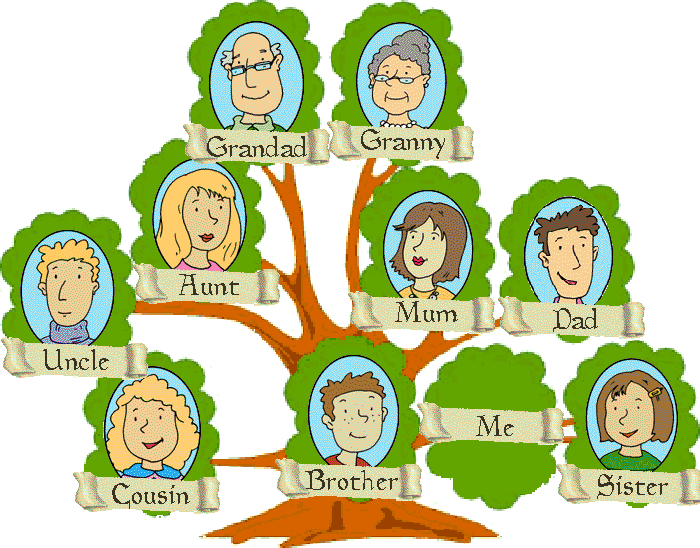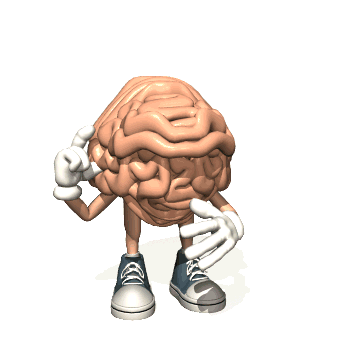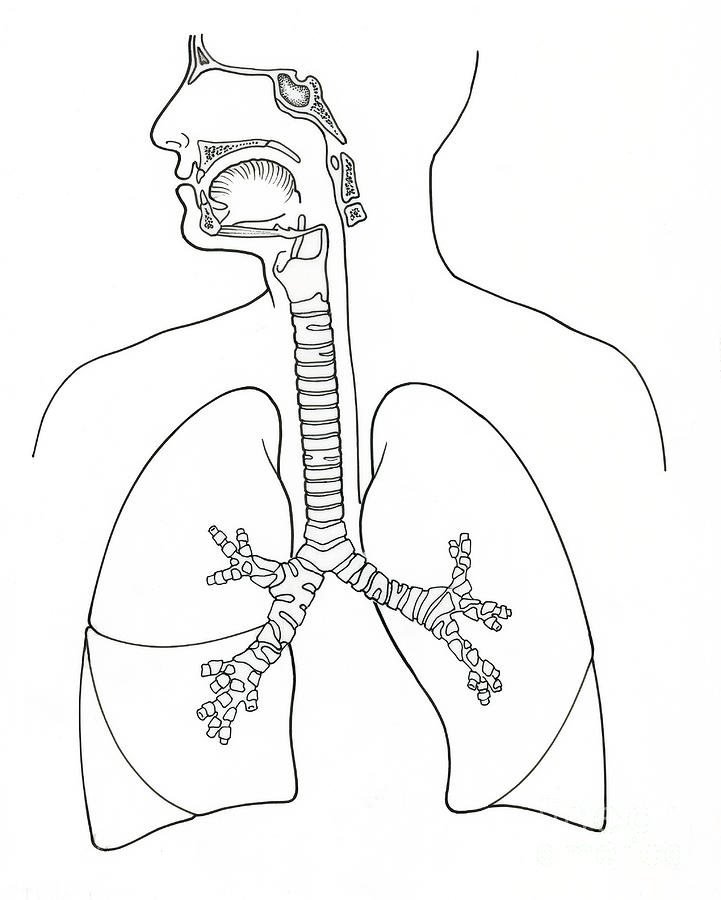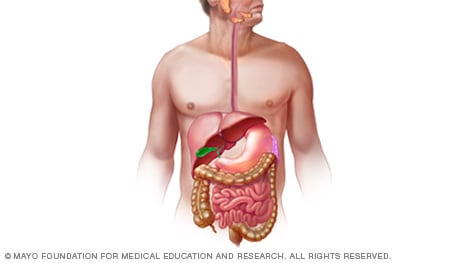sábado, 29 de noviembre de 2014
martes, 18 de noviembre de 2014
lunes, 17 de noviembre de 2014
(unit_1) we grow
LET'S DO SCIENCE! (SESAMESTREET GAMES)
DOES IT SINK OR FLOAT?
1. HYPOTHESIS. What do you think?
2. We TEST and OBSERVE
3. What happens? Is the hypothesis right or wrong?
4. Conclusion or big idea.
GAMES:
jueves, 13 de noviembre de 2014
MAGNETISM
BIG IDEAS:
• Magnets cause a push or pull (a force).
• Magnets pull on (attract) some materials and not others.
• Magnetic forces push or pull even if objects don’t touch the magnet.
• Magnets can push or pull at a distance and through different materials.
• You can do useful things with magnets.
• Magnets cause a push or pull (a force).
• Magnets pull on (attract) some materials and not others.
• Magnetic forces push or pull even if objects don’t touch the magnet.
• Magnets can push or pull at a distance and through different materials.
• You can do useful things with magnets.
Science Companion, Chicago Science Group
MAGNETISM GAMES: LET'S GO FISHING!
MATERIALS:
·
PLASTIC
COLOURED PAPERS
·
PAPER
CLIPS
·
A
ROD
·
THREAD
·
MAGNET
·
BIG
WATER CONTAINER
·
WATER
·
SCISSORS
1. Draw the silhouettes of some fishes
on plastic coloured papers and them.
2. Put a paper clip in the mouth of
every fish.
3. Tie the magnet in the rod with a
thread. This will be your “fishing rod”.
4. Fill the container with water and
put the fishes inside.
5. Hang the “fishing rod” and try to
catch the fishes.
WHAT HAPPENS?
WHY?
CONCLUSIONS:
http://www.csicenlaescuela.csic.es/proyectos/magnetismo/experiencias/Mariano_Aroca/investigacion_cientifica_aula/CARPETA_1/7_VAMOS_A_PESCAR.pdf
MAGNETISM GAMES: DISTANCE IMPULSE
MATERIALS:
·
TWO
MAGNET BARS
·
SMALL
TOY LORRY
·
RED,
BLUE AND TRANSPARENT ADHESIVE TAPE
·
A
COMPASS
·
THREAD
INSTRUCTIONS:
1.
Hang
a magnet on a piece of thread until it stops. Put the magnet face to face with
the needle of the compass. Put a piece of red adhesive tape in the North Pole
and blue adhesive in the opposite pole. Do the same with the other magnet.
2. Firstly, bring the poles with the
same colours closer. Secondly, bring the different colour poles closer.
WHAT HAPPENS?
3. Tape a magnet to the toy.
4. Use the other magnet to move the
toy.
WHAT HAPPENS?
WHY?
CONCLUSIONS:
MAGNETISM GAMES: THE KITE
MATERIALS:
·
A
MAGNET HANGED ON A THREAD
·
A
PAPER CLIP
·
COLOURED
PAPER
·
SCISSORS
·
ADHESIVE
TAPE
·
THREA
·
A
PENCIL
·
A
TABLE
INSTRUCTIONS:
1. Draw a kite on the coloured paper
and cut it. Tape the paper clip to the kite
2. Cut a 30 cm long thread. Tie the
thread in the paper clip, piercing the kite. Tape the other end of the thread
to the table.
3. Use the magnet to attract the kite.
WHAT HAPPENS?
WHY?
CONCLUSIONS:
MAGNETISM GAMES: FLOATING MAGNETS
MATERIALS:
·
TWO
MAGNET BARS
·
RED,
BLUE AND TRANSPARENT ADHESIVE TAPE
·
A
COMPASS
·
TWO
SMALL CARDBOARD BOXES (SAME SIZE)
·
SCISSORS
·
TWO
PENCILS
·
THREAD
INSTRUCTIONS
1.
Hang
a magnet on a piece of thread until it stops. Put the magnet face to face with
the needle of the compass. Put a piece of red adhesive tape in the North Pole
and blue adhesive in the opposite pole. Do the same with the other magnet.
2.
Bring
closer the poles with the same colours. Secondly, bring closer the different
colours.
WHAT HAPPENS?
3.
Tape
the magnets inside the boxes. Close the boxes, put red adhesive tape at one
side of the box, where the red part of the magnet is. Put blue adhesive tape at
one side of the box, where the blue part of the magnet is.
4.
Put
two pencils on one of the boxes. Put the second box on the pencils, matching
the colours.
5.
Join
both boxes with transparent adhesive tape, take off the pencils and press on
the box.
WHAT HAPPENS?
WHY?
CONCLUSIONS:
http://www.csicenlaescuela.csic.es/proyectos/magnetismo/experiencias/Mariano_Aroca/investigacion_cientifica_aula/CARPETA_1/3_IMANES_FLOTANTES.pdf
MAGNETISM GAMES: MAGNETIC REGATTA
MATERIALS:
·
Two
40 cm long rods
·
Two
magnets
·
Two
30cm long threads
·
Needles
·
Coloured
paper
·
Scissors
·
Six
cork stoppers
·
Tooth
picks
·
Adhesive
tape
·
A
big water container
·
Water
INSTRUCTIONS:
1. Make two “fishing rods”: get a
thread and tie a knot in the rod and tie another knot in the magnet. Use the
adhesive tape if it’s necessary.
2. Make two little boats: join three
cork stoppers with a toothpick.
3. Put two needles in the central cork
stopper. Use adhesive tape to make the sails with coloured paper.
EXTREME CARE IN THE USE OF NEEDLES.
4. Fill the container with water and
make the boats float. Use the rod to move the boat.
WHAT HAPPENS?
WHY?
CONCLUSIONS:
http://www.csicenlaescuela.csic.es/proyectos/magnetismo/experiencias/Mariano_Aroca/investigacion_cientifica_aula/CARPETA_1/2_REGATA_MAGNETICA.pdf
MAGNETISM GAMES: OBLIGED ROAD
MATERIALS
·
A PIECE OF CARD
·
SCISSORS
·
ADHESIVE
TAPE
·
FELT
TIP PENS
·
A
CARDBOARD
·
TWO
RODS
·
TWO
MAGNETS
·
TWO
NUTS
·
FOUR
HARD PLASTIC GLASSES
1.
Draw
four silhouettes of a car on the card, cut them out and colour.
2.
Use
the adhesive tape to put a nut between two silhouettes. Do the same with the
other nut and silhouettes.
3.
Draw
two roads on the cardboard, with a starting line at the beginning of the roads
and a finishing one at the end.
4.
Put
both cars at the starting lines.
5.
Tape
every magnet to every rod.
6.
Put
the magnets under the cardboard and try to move the cars. Play with your
friends and race!
WHAT HAPPENS?
WHY?
CONCLUSIONS:
martes, 11 de noviembre de 2014
(unit_1) HUMAN LIFE CYCLE
INFANCY
CHILDHOOD
OLD AGE
 |
| We are babies. We learn to walk* and talk* |
CHILDHOOD
We are children until we are 12.
ADOLESCENCE
 |
| Our bodies change. We are starting* to become men* and women* |
YOUNG ADULTHOOD
 |
| We grow more slowly. This is when we are 15 to 25 years old. |
ADULTHOOD
 |
| Now we are men and women. We don't grow. |
 |
| Our bodies are not strong but we know a lot |
(unit_1) REPRODUCTION
REPRODUCTIVE SYSTEMS:
MALE REPRODUCTIVE SYSTEM. The TESTES are male organs
FEMALE REPRODUCTIVE SYSTEM. The OVARIES are female organs
MALE REPRODUCTIVE SYSTEM. The TESTES are male organs
FEMALE REPRODUCTIVE SYSTEM. The OVARIES are female organs
lunes, 10 de noviembre de 2014
(Unit_1) CHEMICAL AND PHYSICAL CHANGES
CHEMICAL CHANGES
Oxidation
Combustion
Fermentation
PHYSICAL CHANGES
Melting
Evaporation
Solidification
Condensation
Oxidation
Combustion
Fermentation
PHYSICAL CHANGES
Melting
Evaporation
Solidification
Condensation
(unit_1) SENSITIVITY
1. The SENSES get* information
2. The NERVOUS SYSTEM gets information from the senses
3. The BRAIN* decides how* we react*.
4. The muscular (muscles*) and skeletal system (bones*) allow* us to move
*to get: prendre
brain: cervell
how: com
to react: reaccionar
muscles: músculs
bones: ossos
(unit_1)SYSTEMS THAT TAKE PART IN NUTRITION
RESPIRATORY SYSTEM: We breathe*
MAIN ORGAN: LUNGS
CIRCULATORY SYSTEM: it moves blood* around the body*
MAIN ORGAN: HEART
DIGESTIVE SYSTEM: it changes* food into nutrients
ONE OF THE ORGANS: STOMACH
EXCRETORY SYSTEM: it cleans* the blood
MAIN ORGANS: KIDNEYS
*To breathe: respirar
blood: sang
body; cos
To change: canviar
to clean; netejar
Suscribirse a:
Entradas (Atom)








